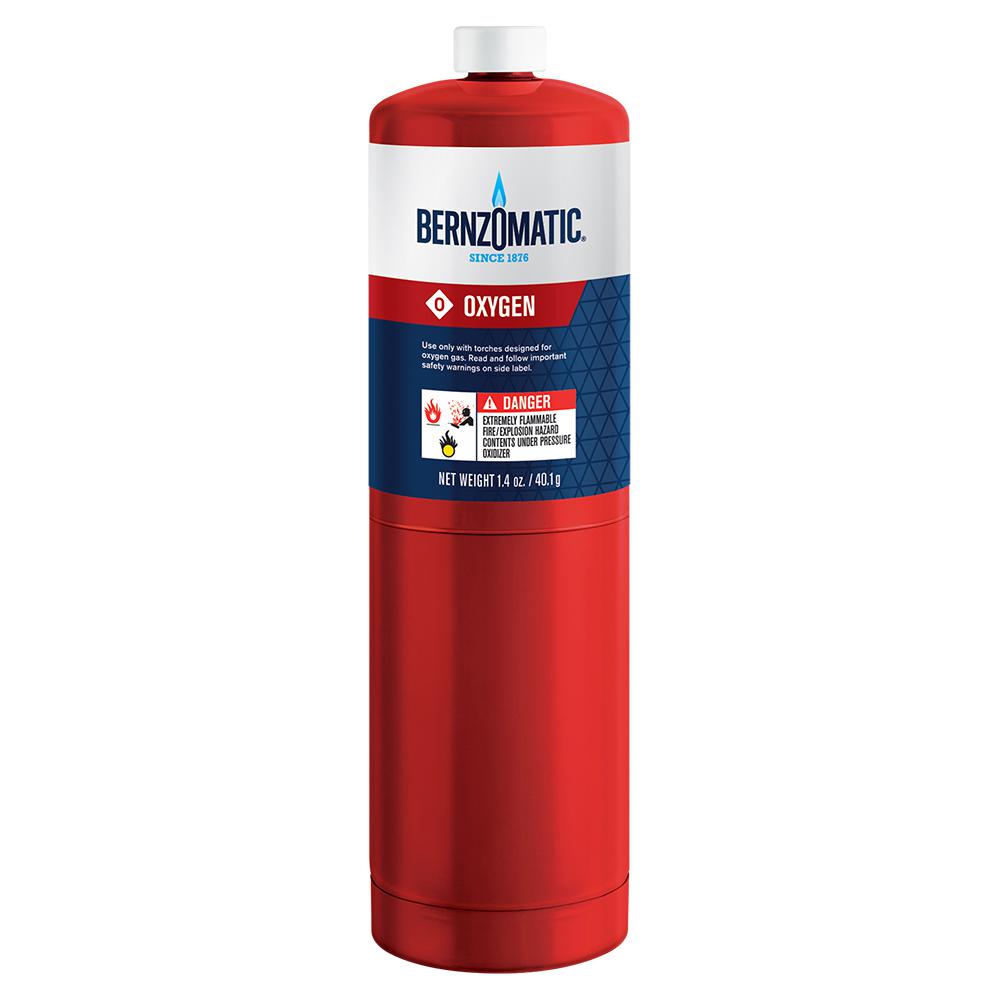I totally knew I'd get that reaction. We like to justify our purchases and methods.
Statistically, you might expect 1/3 to guess "correctly" in a triangle test if the beers are the same.
This is wrong. You should actually expect a number NEAR 1/3, with your expectation fitting a bell-curve centered on that number. The chance of hitting that exact number is very low. What the p-value tells you is the probability that the actual result is related to randomness rather than actual difference in the variable being tested (rejecting the null hypothesis).
I do wish they would repeat more exbeeriments, and with a power calculation to avoid the type II errors that may occur (false negatives).
Is 16/36 correct guesses enough to convince someone that oxygenation is important? Even in a 1.100 beer comparing extremes of pure oxygen vs intentionally preventing aeration? When you're EXPECTING somewhere AROUND 12 to guess correctly by random chance?
Still arguably pretty unimpressive, even with a 0.079 p-value.
Throughout the series Brulosophy also tests their analytical methods by doing subgroup analyses like including only BJCP judges in the data, and the results are still the same. .. Or unblinding the participants to the test variable, which also didn't change the result.
Enough about Brulosophy and stats. Try this article on for size:
https://www.morebeer.com/articles/oxygen_in_beer
....
Spoiler alert!
At the very end of the article they drop this bomb:
"Attenuation and ester production in worts of the same gravity but differing levels of dissolved oxygen were equivalent.... the flavor characteristics were indistinguishable."
OK so they don't disclose exactly how they arrived at that conclusion, but the conclusion is the same nonetheless, even from the guys trying to sell you the equipment.
As I said earlier, it's something to think about.
Well there's my rant

I agree with some of what you guys are saying. Just playing devil's advocate here.
We're making beer. It's all good.
Cheers



